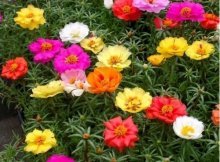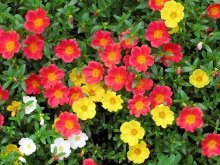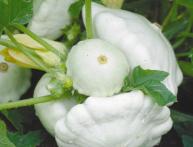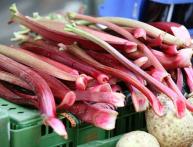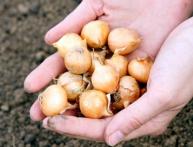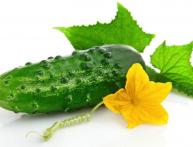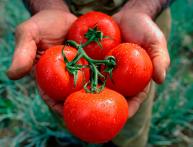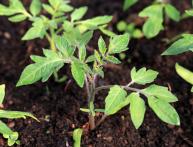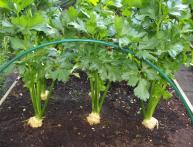Vegetable purslane, description, cultivation, application
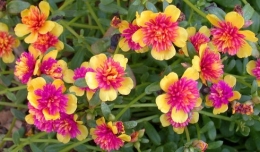
In summer, many balconies, loggias, and flower beds are decorated with colorful miniature flowers - roses. This is purslane blooming. It turns out that, in addition to the decorative flowering purslane, there is another, related plant - garden purslane or purslane vegetable.
All that remains is to find out what it looks like, how to grow it and what to cook from it.
Content:
- Vegetable purslane, botanical description
- How to plant and grow vegetable purslane
- The use of vegetable purslane in folk medicine and cooking
Vegetable purslane, botanical description
From a botanical point of view, the plant species purslane or vegetable belongs to the genus Purslane, family Portulacaceae. Another name for the genus is Dandur. Currently widespread in many geographic areas, it grows in both the Caucasus and the Far East. The homeland is presumably the tropics of the eastern hemisphere.
The life form is an annual herbaceous succulent. Vegetable purslane has creeping stems of a reddish color. The length of the stems does not exceed 40 cm.
The stems are juicy and fleshy. The leaves are small, oval, attached to the stem with a narrower end. At the base of the stem, the leaf plates are arranged in a spiral shape, and at the top - oppositely. The flowers of purslane are small, yellow, collected together in 2 - 3 pieces. Flowering begins in June and can continue until August. After the flower fades, an interestingly shaped fruit appears in its place - a cap.
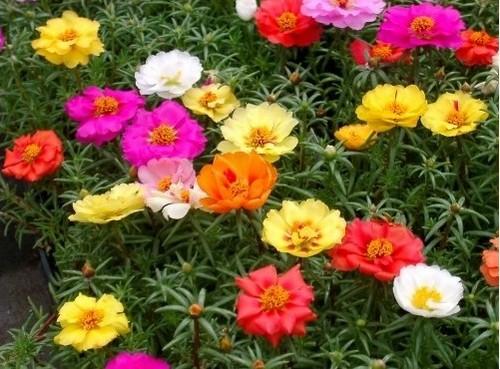
The chemical composition of the stems, leaves, and seeds of purslane deserves special attention. They contain important vitamins such as:
- carotene, vitamin A
- tocopherol, vitamin E
- ascorbic acid, vitamin C
- nicotinic acid, vitamin B 3
- phylloquinone, vitamin K 1
Macro- and microelements:
- iron
- zinc
- nickel
- calcium
- sodium
- potassium
In addition, vegetable purslane is a source of vegetable protein and carbohydrates. It is thanks to this composition that purslane is widely used both in cooking and in folk medicine. As a garden crop, purslane is completely unpretentious.
How to plant and grow vegetable purslane
Despite the fact that vegetable purslane very often grows as a weed, breeders have developed cultivated varieties of this plant. The following varieties can be recommended for cultivation on the site:
- Firefly, variety It is good because it has a good yield, no more than a month passes from sowing to cutting, the stems are quite long, up to 50 cm, the weight of one bush, stems with leaves, reaches 250 grams, the disadvantage is that it is not frost-resistant.
- Makovey, an early ripening variety, the first cutting is possible after 20 days, the weight of the bush is up to 100 grams.
- Kuzminsky semko, the earliest ripening variety, the first cut after 15 days, the leaves are juicy and fleshy.
Before planting purslane, it is necessary to prepare a bed for it in advance. It is better if it is located in a southern, well-lit and well-warmed area. Artificial or natural protection on the north side would not hurt. The soil is dug up to the depth of a shovel, and humus and complex mineral fertilizer are added during the digging.Approximately 10 kg of sand per square meter should be added to heavy clay soil. Purslane can be grown either by sowing in the ground or by sowing seedlings.
Purslane on video:
The time for sowing seedlings is mid-March, the planting pots are first filled with drainage material, fine crushed stone is suitable. The soil is made up of garden soil, to which 1/5 of the sand is added. All this is well fried in the oven. Before sowing, the soil in the pots should be watered with warm, settled water one day before. The seeding depth is 4 - 5 mm, the distance between them is 1 cm. The container is covered with film or glass. If you place crops on the warmest and sunny window, water it with warm water all the time and maintain the temperature at least +22, then the purslane grows quite quickly. At the end of May, young plants can be planted in the garden. As soon as the soil warms up, you can sow the seeds directly into the soil, making shallow grooves in the bed.
Further care comes down to weeding and watering in dry summers. The frequency of watering is once every four to five days. Purslane very quickly takes up the space of the bed and “slides” into the aisles, occupying all the boundaries. Since the seed pods ripen unevenly and it is impossible to collect them on time, some of the seeds scatter and germinate the next spring. Purslane very rarely gets sick and is affected by pests, so it is not difficult to grow as a vegetable or medicinal crop.
The use of vegetable purslane in folk medicine and cooking
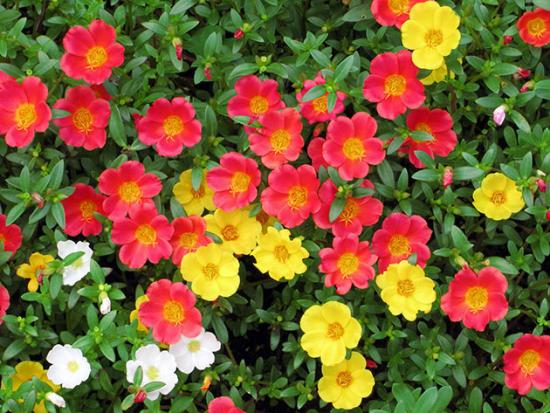
In folk medicine, purslane is used primarily to lower blood glucose levels. You can get natural juice from the leaves and use it to normalize carbohydrate metabolism. Also purslane used for kidney disease, liver disease, and bloating. Purslane should be included in the diet of men suffering from impotence. Purslane seed oil helps cure some skin diseases, including lichen.
Vitamin K1 content can improve blood clotting and control bleeding. Vegetable purslane also helps with sleep disturbances, vitamin C deficiency and other diseases and metabolic disorders. Therefore, including purslane in the diet will benefit the body, you just need to take into account the individual intolerance of the plant.
Purslane in cooking
Purslane salads are combined with meat, poultry, and fish dishes. The simplest recipe is purslane marinated with garlic. For this dish, it is enough to cut off the required number of stems with leaves, sort them and wash them in water to remove soil residues. Boil the vegetable purslane in salted water until the stems are soft. Remove the stems from the water and mix with the garlic, passed through a press. Add vinegar to taste to part of the broth and pour the stems with garlic. After a day, the salad will infuse and can be served. In winter, purslane can be grown on a windowsill and added to almost any salad.
Interesting information about the vegetable garden

